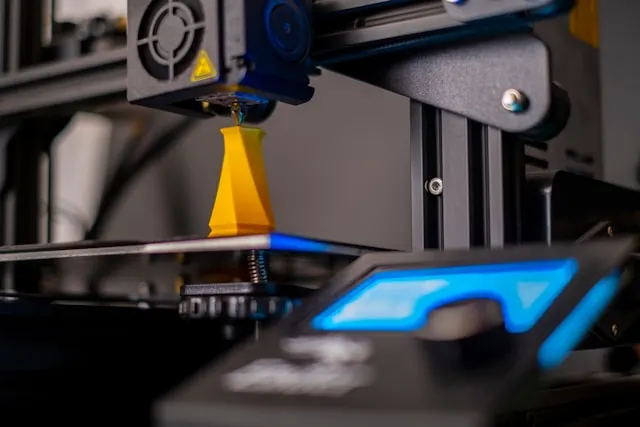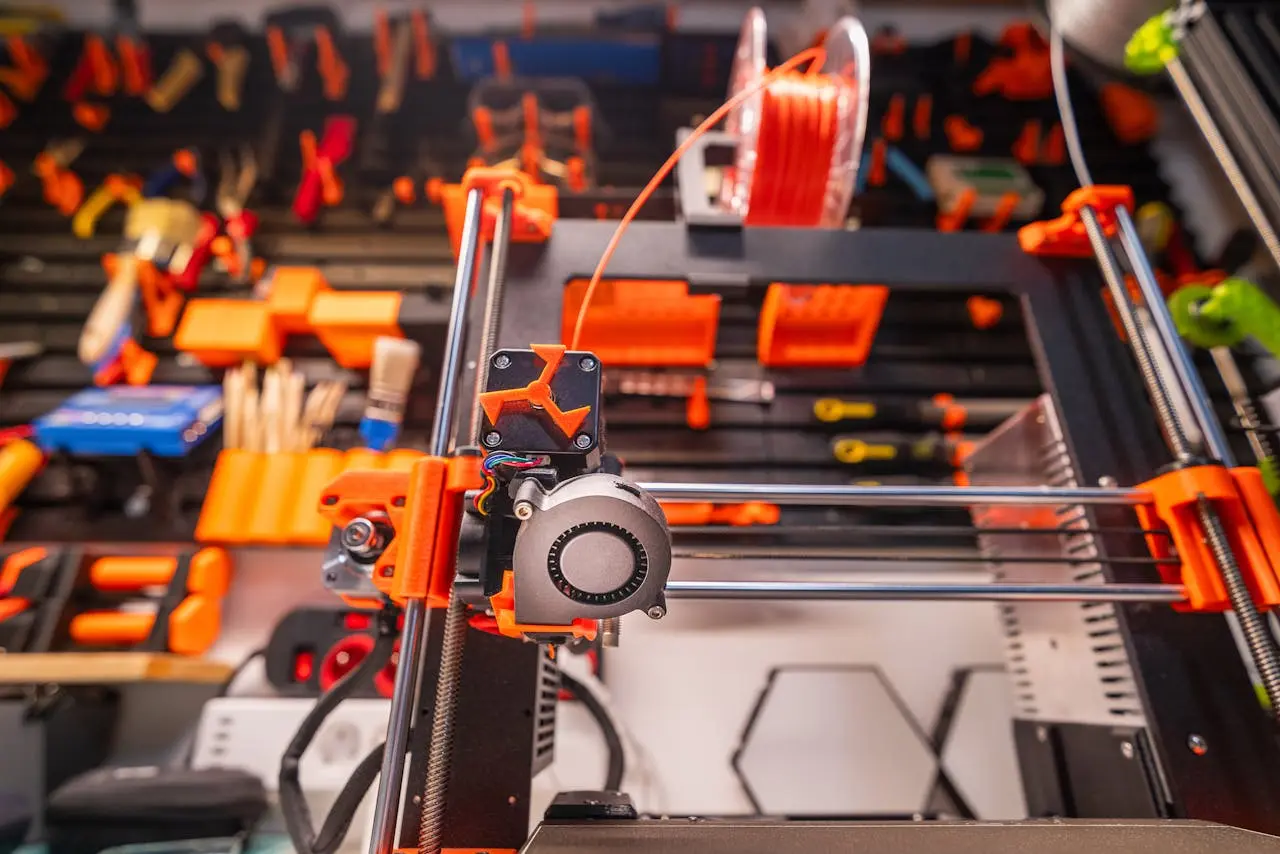PETG vs ABS: Which Filament Should You Use?

When you’re ready to level up from basic PLA, PET‑G and ABS are often the next filaments people reach for. But which one is right for your needs? Here’s a breakdown of the key differences — and when to use each.
Heat Resistance
ABS can withstand higher temperatures (up to ~100°C), making it ideal for functional parts that may sit in hot cars or near electronics.
PET‑G holds up well too (about 70–80°C), but will start to deform in higher heat.
✅ Winner: ABS
Strength & Durability
Both are stronger than PLA, but in slightly different ways.
PET‑G is more flexible and impact-resistant, which makes it great for things like tool holders and enclosures.
ABS is stiffer and harder, which can be useful for structural components.
✅ Winner: Tie (depends on your use case)
Ease of Printing
Here’s where PET‑G shines. It doesn’t warp nearly as much as ABS, prints well on open printers, and sticks nicely to a PEI or glass bed.
ABS requires a heated enclosure to prevent cracking and warping — and it smells bad while printing.
✅ Winner: PET‑G
Surface Finish & Post-Processing
ABS is easier to sand, glue, and vapor-smooth with acetone. If you need a polished look or are doing post-processing work, ABS gives you more flexibility.
PET‑G can be trickier to finish cleanly and doesn’t respond to acetone.
✅ Winner: ABS (for finishing)
Chemical Resistance
PET‑G is naturally more resistant to chemicals and moisture, making it a better fit for things like bottles, enclosures, and humid environments.
✅ Winner: PET‑G
Smell & Safety
ABS gives off strong fumes (and potentially harmful VOCs) when printing. You’ll want solid ventilation.
PET‑G has a very mild odor and is safe to print in well-ventilated home or office spaces.
✅ Winner: PET‑G
The Verdict
If you’re printing functional parts and don’t mind the setup, ABS is great for high heat and structural needs. But for most people — especially in home or semi-pro shops — PET‑G offers an easier experience with fewer headaches.
Want to try both? Start with a small spool of each and print a few calibration models side-by-side. You’ll quickly feel the difference.


.jpg)